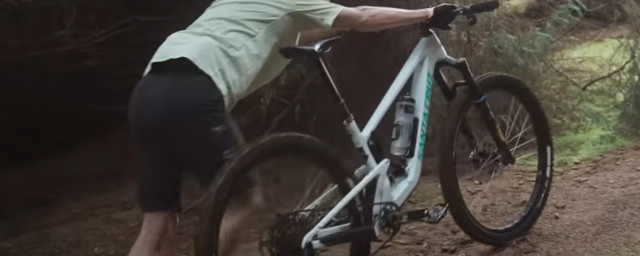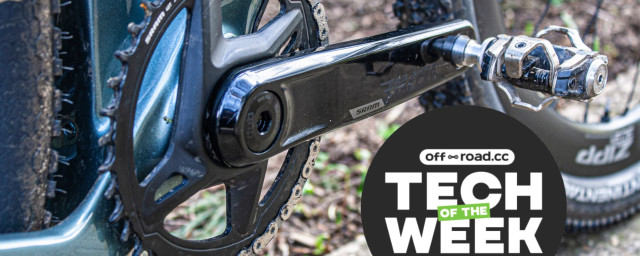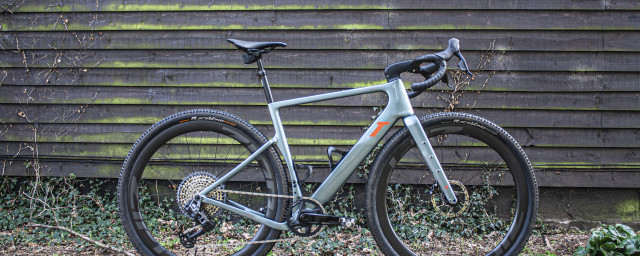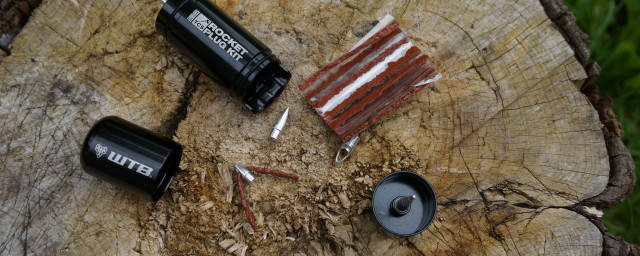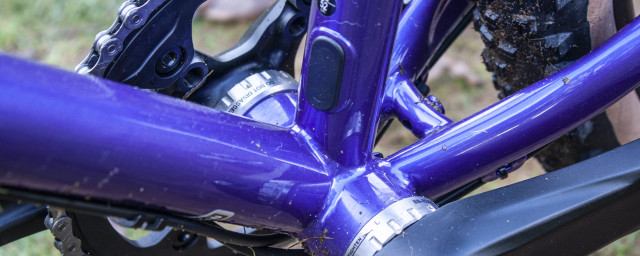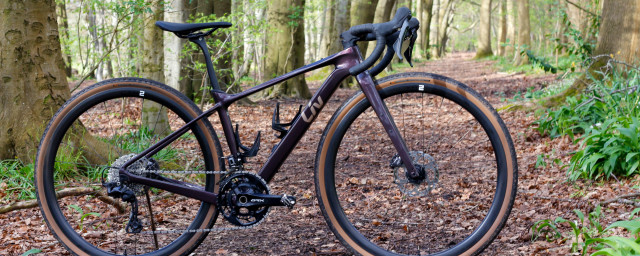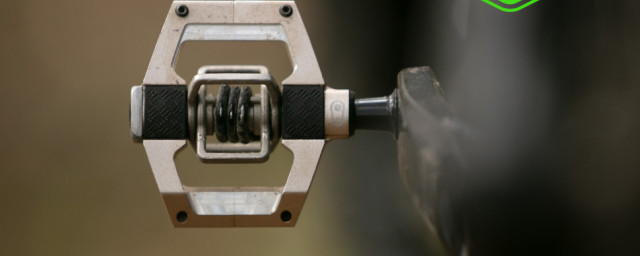If you want a light and fast hardtail for getting into mountain biking that can handle everything from just riding to cross-country racing, and don’t want to spend an absolute fortune, the Rose Count Solo 3 is a very appealing choice. It’s also, in my opinion, a very good looking bike with a cracking paint job.
- Best mountain bikes for under £1000 - hardtails and full suspension options rated
- 11 things you should do as soon as you get a new bike
- Buying your first mountain bike: the complete guide
For a tickle over a grand, it’s well appointed with Shimano, RockShox and Mavic equipment, a clear benefit of buying direct rather than traipsing into your nearest bike shop to kick the tyres of whatever bikes they happen to have in stock. True, you have to have some basic bike assembly knowledge because the bike arrives in a large box but it’s only the very basic stuff like popping in the wheels in and straightening the handlebars.
Once it’s out of the box, you clap your eyes onto what is a really good looking bike which belies its reasonable price tag. Rose has seriously upped its game in the last few years, transitioning from dowdy and very Germanic to stylish and cool. Nice one guys.
Look closer and the 6061 aluminium frame is nicely made, with unfussy external cable routing, with the exception of the internally routed front mech. The head tube is tapered, the down tube is curved and the low slung top tube creates reasonably good standover clearance. If you want versatility, for occasional commuting or touring say, a rear rack can be fitted.
True, 1x drivetrains might be all the rage through the mountain bike world but this Shimano SLX 2x11 groupset, with an upgraded XT rear mech, works very smoothly indeed. It’s as good an advert for the advantage of the front mech as it’s possible to get, and the 36/26 chainset and the 11-42t cassette provides more than enough range for getting up and down the steepest terrain. There were occasions I missed the simplicity of a single gear shifter on constantly changing terrain though, but I actually found myself rarely resorting to the small ring, but it's there if you found yourself on a real grunter of a climb.
The brakes are also from the Shimano stable, with MT500 levers and callipers combined with 180/160mm rotors, the larger front disc providing a bit of extra stoppage power on fast descents. I’m a fan of Shimano brakes, I like the lever shape and consistent delivery of power, and these didn’t fail to impress. You’ll need a tool to adjust the lever reach is really the only complaint.
The Mavic Crossride FTS-X 29” wheels have a 21mm internal width and are constructed from aluminium but at 2,075g they are not exactly light, but at this price, they are par for the course. What they are is reliable and durable, with sealed cartridge bearings and 24 spokes in each wheel. Previous experience with these wheels tells me they should be durable and up for plenty of tough love.
Fitted to the wheels are Schwalbe Racing Ralph Evolution Line Addix Speed 2.25" tyres. They provide blistering speed in the dry and on loose gravel and put in a decent effort when the trails turn to slime though for serious winter mud-plugging you might want to consider a meatier tyre choice unless you want to be wheel spinning up every muddy incline. They’re tubeless-ready should you want to make that upgrade down the line.
As much as I prefer to never change parts on a test bike, after a couple of rides I relented and swapped the long stem for a shorter item. The 90mm stem is a throwback to a bygone era in my opinion. With a shorter stem, the handlebars were brought back within easier reach and handling in the corners was greatly improved. Fortunately, it’s an easy and relatively inexpensive change.
The 720mm wide handlebar provided just about enough leverage to throw the bike about the place. Still, a wider bar would certainly open up its capability away from an XC race course. Just look at the Canyon Grand Canyon AL SL 70 that Rachael reviewed with its 70mm stem and 740mm handlebar; it is possible to rein in the length. If you're just racing, the stock setup will be fine, but if you're looking at this bike for leisurely weekend rides with your mates, I'd recommend a change.
This is a very fast bike for the money. The stiff aluminium frame transfers power very efficiently, stamp down on the pedals out of a slow corner and it positively spurts forward. It’s very rewarding to some earnest pedalling. The 29” wheels help in the speed department, it trucks along with great pace and covers ground very well.
You don’t expect a bike of this price to be super lightweight but at 11.84kg (26lb) it's certainly no lardarse on the climbs. The geometry, big wheels, fast rolling tyres and stiff frame ensure if you’re engaged in a race to the summit, it’s not going to be the bike that holds you back. Technical climbs with lots of rocks and roots require a bit more deft balancing of weight to ensure the rear tyre doesn't break traction, but the riding position definitely promotes an aggressive setup for climbing prowess.
The geometry is straight from the XC design book, a 69.5-degree head angle and a 74-degree effective seat angle with 435mm chainstays, and a 447.7mm reach on this size large test bike, one of five sizes available. These numbers give the Count Solo a very lithe and agile character, and it’s right at home on fast singletrack with lots of twists and turns.
Its RockShox Reba RL fork delivers 100mm of well-composed suspension travel with a good level of smoothness and Motion Control damping to keep the front wheel tracking the ground well through all but the most horrid terrain. It’s an easy fork to set up with handy sag markings printed to help you get the correct air pressure, and there’s a remote lockout lever on the handlebar should you find yourself in a situation (rare) where that is useful.
Considering this bike at this price point has a much broader remit than just appealing to those wanting to fasten a number board to the handlebars, the lockout seems a redundant feature and I’d rather see its money spent elsewhere (dropper post maybe) or taken off the list price.
That quibble aside, the Rose Count Solo delivers a very impressive performance for the price but it’s not exactly very progressive when it comes to geometry. If you’re in the market for a hardtail for cross-country and gravel riding and not railing descents, there’s a lot to like. If you want more aggro there are more suitable choices.
If you are feeling flush, the Count Solo 4 (£1,269.69) gets an upgraded Shimano XT groupset, and propping up the range is the cheapest Count Solo (£725.15) with Shimano Deore, all using the same underlying frame and key features.










